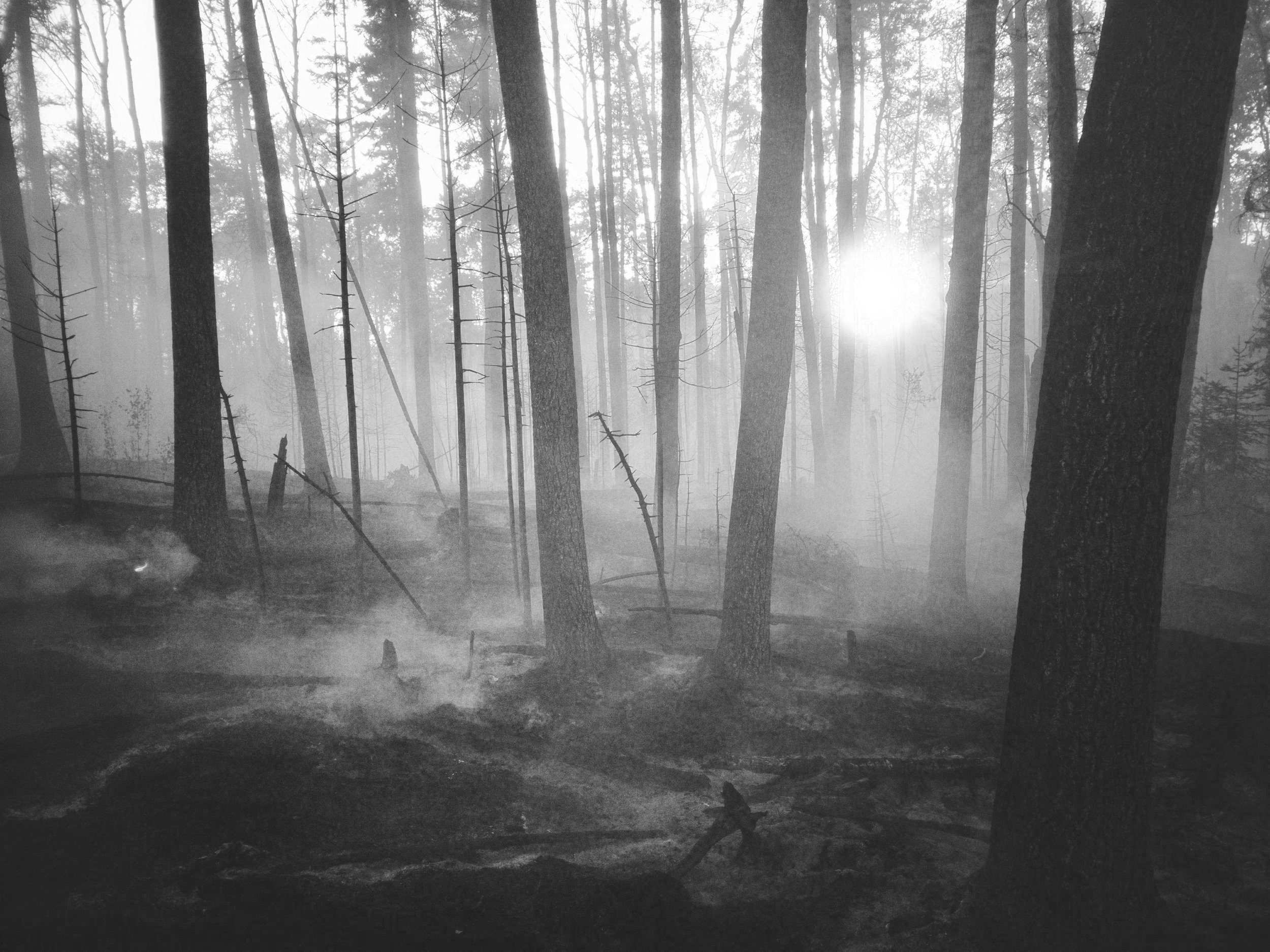Make data-driven decisions to protect your network against wildfire risk.
In the last 20 years, wildfire events in the U.S. have tripled in frequency, nearly quadrupled in size, and are now more widespread than ever.
Make informed decisions to mitigate critical wildfire risk across your network without driving up cost. Actionable insights on encroachment risk, hazard trees, clear spans, and more help you focus your resources on the most critical mitigation efforts.
We’re helping these teams protect their
communities from vegetation-related wildfires

Get network-wide vegetation risk insights
See encroachment risk and hazard trees overlaid with wildfire risk maps across your entire network. Get comprehensive insight on where fires are likely to ignite and where they could be
most damaging.
Reallocate investment in areas with low tree risk
Prioritize resources more efficiently by reducing vegetation inspection and trimming time in areas with no tree risk. Help inspectors work more efficiently in the field by prioritizing their time in riskier areas.
Track progress with key stakeholders
Quantify mitigation work and track your team’s progress over time with vegetation data. Communicate plans, progress, and benchmarks with leadership, regulators, consumers, and insurers to get the resources you need.
Understand tree-specific wildfire threats
Identify species of interest to target fast-growing trees or those more prone to health issues. See hazard trees (declining trees within strike distance), risks outside the right of way, or overhang across your network.
“Most of our wildfire-related concerns come from the fall-in of trees into our lines and rights of way. We maintain those to the extent that we can, but a lot of the trouble trees are big, dying aspens that look healthy. Satellite data from partners like Overstory helps us identify those trees and mitigate risk before they fall, which is really cool.”
Bryan Hannegan
CEO, Holy Cross Energy
Defensible and Data-Driven: The New Baseline for Wildfire Mitigation
Utilities like Northern Lights and Inland Power are trading reactive maintenance for smarter, risk-informed strategies. Partnering with Overstory, they’ve gained system-wide visibility into vegetation threats—helping them reduce hazard trees by up to 88%, focus work where it matters most, and improve coordination with regulators and fire districts.
Why strategic wildfire mitigation matters right now
Mitigation and insurance costs skyrocketing
Wildfire-related revenue requirements for utilities in California have increased between 29-117% year over year since 2023.
Wildfire no longer just a threat to California
Large wildfires in the Southern and Eastern US, where wildfire resources are limited, are growing faster than other geographies.
Extreme fires doubled in last two decades
Since 2017, the Earth has experienced the six years with the highest number of extreme wildfires (all years except 2022).
Building a defensible wildfire mitigation plan with data
Powder River Energy Corporation uses vegetation intelligence to monitor and manage vegetation across fire-prone and hard-to-reach areas across their Wyoming territory. Combining satellite with drone data, they’re making decisions to support both wildfire mitigation and system hardening goals.

Actionable vegetation intelligence for
smarter wildfire mitigation planning
We work with utilities spanning a broad range of sophistication and experience in wildfire mitigation efforts. Investor-owned utilities, cooperatives, and municipalities alike use objective vegetation insights across their networks. With this intelligence, you can develop new mitigation plans, augment existing work, and validate wildfire mitigation efforts.
-
See your actual, current vegetation risks overlaid with a map of wildfire risk areas for a baseline understanding of network-wide risk.
-
Pinpoint the unhealthy trees outside your right of way that are within striking distance of conductors. See individual trees or explore network-wide heat maps of hazard trees.
-
Identify, sort, and filter spans by the presence or absence of tree limbs overhanging assets.
-
Find efficiencies in your wildfire mitigation program by identifying areas of no tree risk from encroachment inside the ROW or strike trees. Concentrate your resources on the areas that need them most.
-
Target fast- or slow-growing species (like bamboo or palm) or those particularly prone to disease.
How Holy Cross Energy optimizes their cycle
As vegetation risk grows, reactive work becomes more dangerous, expensive, and frequent. Facing high rates of tree die-off on Colorado’s Western slope, Holy Cross Energy uses vegetation intelligence to optimize their vegetation management cycle for cost and reliability.















